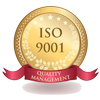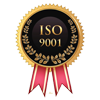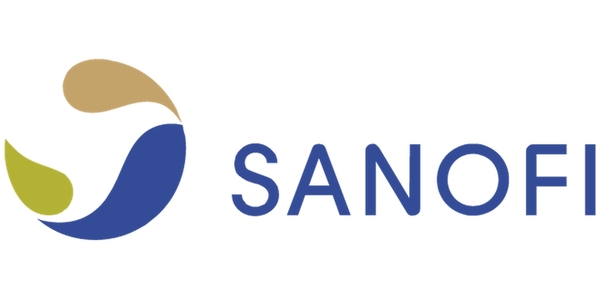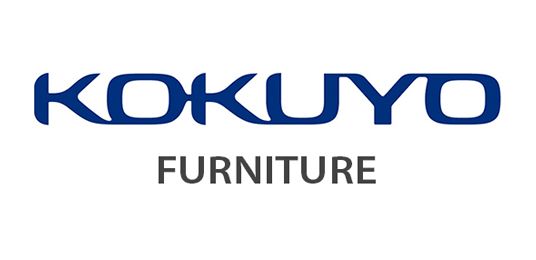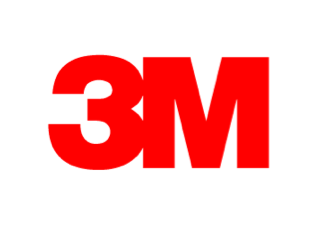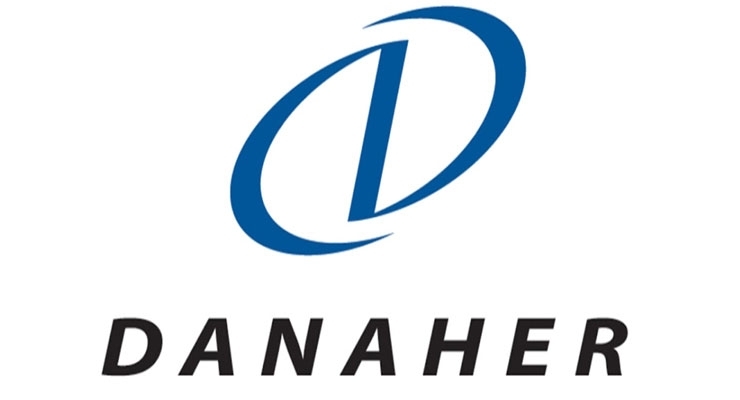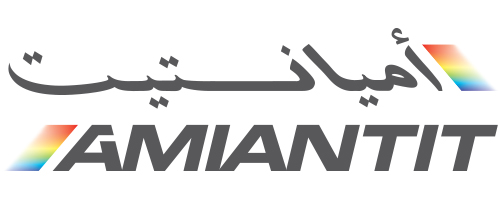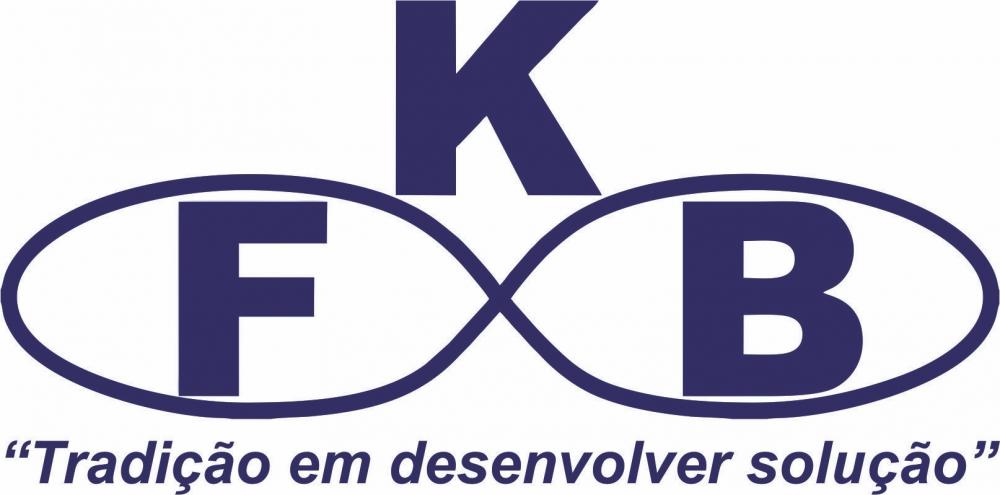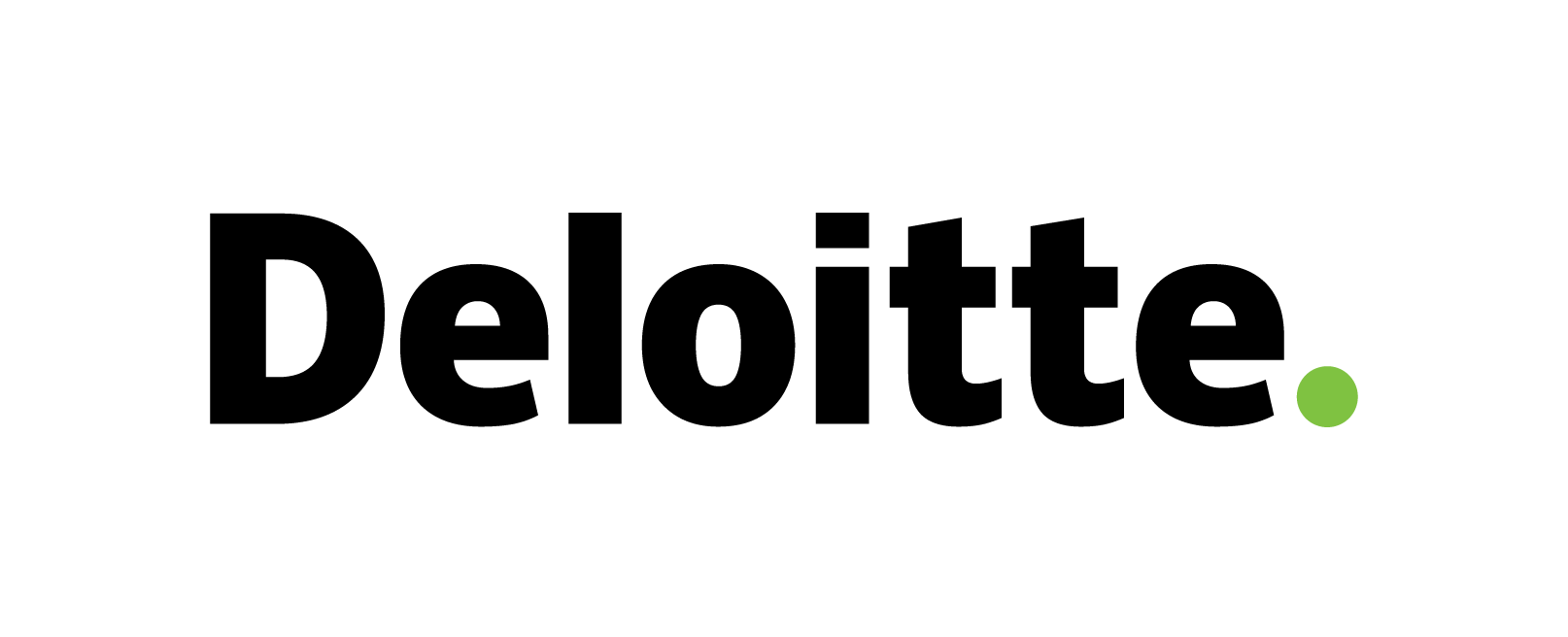Low-Speed Vehicle Market Overview : Global Share, Size, Growth, Trends & Outlook ( 2023 – 2032 )
The LSV market pertains to small electric or gasoline-powered vehicles designed for road use with speed limits of 35 miles per hour or less. LSVs are utilized for personal transportation, campus shuttles, golf carts, and industrial/commercial utility vehicles.
The LSV market has seen growth in response to consumer demand for eco-friendly and cost-effective transportation options. Advancements in battery technology, providing longer driving ranges, reduced maintenance costs, and government incentives/regulations to reduce carbon emissions have contributed to the market expansion.
The North American and European markets dominate the LSV market owing to the presence of major manufacturers and high consumer demand, but the Asia-Pacific market is expanding due to the growing use of electric vehicles in countries such as India and China.
The LSV market is expected to continue to grow due to increasing demand for environmentally-friendly options and new technology development. However, factors such as limited driving range and higher costs compared to traditional gasoline-powered vehicles may hinder its growth.
Low-Speed Vehicle Market Drivers
Several Factors drive the Low-Speed Vehicle (LSV) market, such as:
- Environmental Concerns: The increased consumer demand for LSVs can be attributed to their eco-friendliness in comparison to traditional gasoline-powered vehicles. Consumers seek to reduce their carbon footprint and promote sustainable practices, thereby driving demand for LSVs.
- Government Incentives: Governments worldwide are providing incentives to promote the use of electric vehicles, including LSVs. These incentives, such as tax credits, rebates, and subsidies, have made LSVs more accessible to consumers, spurring growth in the market.
- Cost-Efficiency: LSVs offer cost efficiencies compared to traditional gasoline-powered vehicles, requiring less maintenance and lower operating costs due to their electric power source.
- Advancements in Technology: Advances in battery technology have improved the practicality and appeal of LSVs to consumers, by increasing driving ranges and reducing maintenance costs. Consequently, this has stimulated growth in the LSV market.
- Growing Demand for Personal Transportation: The demand for personal transportation is growing, especially in densely populated urban areas where public transportation may not be convenient or accessible.
Overall, these drivers are expected to continue to drive growth in the LSV market in the coming years, as consumers seek more sustainable and cost-efficient modes of transportation.
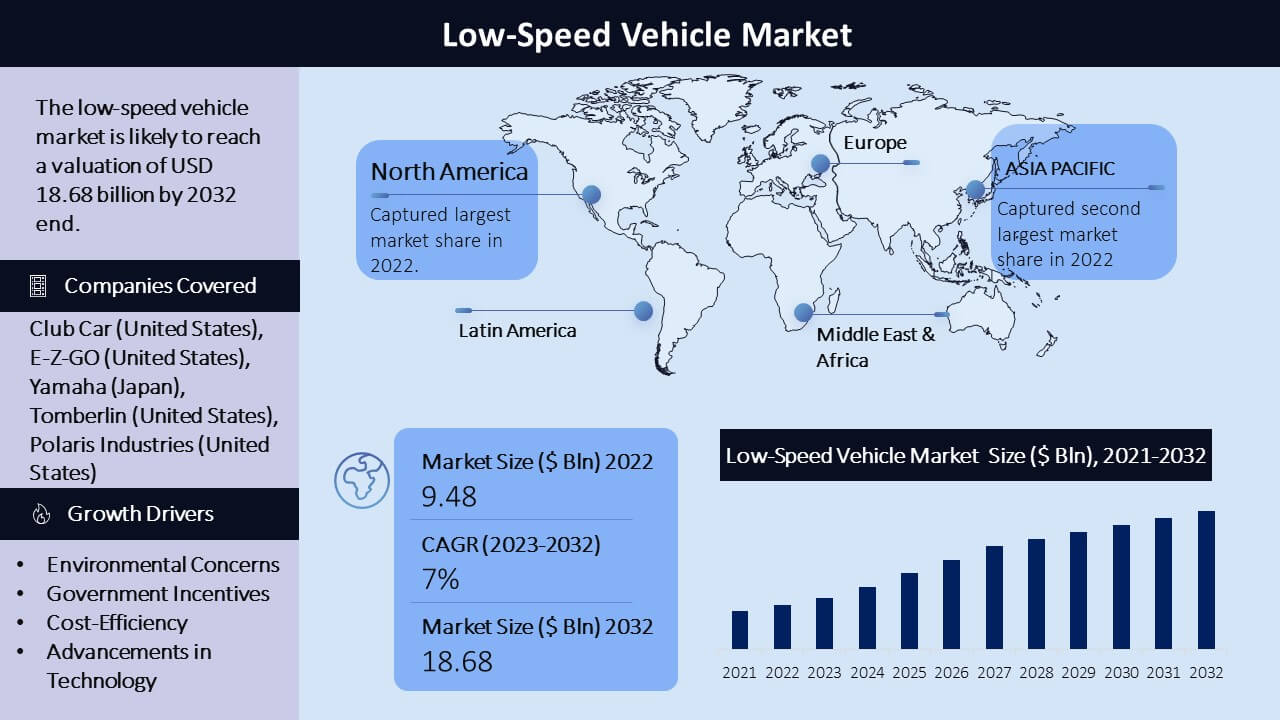
Low-Speed Vehicle Market Challenges
Several factors are restraining the growth of the Low-Speed Vehicle Market:
- Limited Driving Range: LSVs have a limited driving range, reducing their practicality for long trips or daily commutes, and subsequently lowering consumer demand.
- High Cost Compared to Conventional Vehicles: The relatively high cost of LSVs compared to traditional gasoline-powered vehicles is a potential barrier for many consumers, who may be unwilling to pay the higher price for an LSV.
- Lack of Charging Infrastructure: The absence of charging infrastructure for LSVs, particularly in rural areas, poses a challenge for consumers without access to charging stations, consequently hindering the practicality of LSVs and decreasing consumer demand.
- Regulatory Challenges: The regulatory landscape for LSVs varies significantly across regions, creating difficulties for manufacturers in designing vehicles that meet all pertinent regulations. Consequently, this can increase costs and constrain market growth.
- Competition from Other Forms of Electric Transportation: LSVs face competition from various forms of electric transportation, including electric bicycles, scooters, and personal mobility devices. These alternatives may provide enhanced affordability or convenience to consumers, resulting in reduced demand for LSVs.
Overall, these challenges can act as barriers to the growth of the LSV market and must be addressed for the market to continue to grow and expand.
Low-Speed Vehicle Market Regional Outlook
The Low-Speed Vehicle (LSV) market has a presence in several regions around the world, including:
- North America: North America is a significant market for LSVs, propelled by strong consumer demand and the presence of key manufacturers in the region. The United States is the largest market in North America, and notable growth is anticipated in the foreseeable future.
- Europe: Europe is a significant market for LSVs, with major markets including Germany, France, and the UK. Environmental concerns, government incentives, and technological advancements are driving demand for LSVs in the region.
- Asia-Pacific: Asia-Pacific is a fast-growing market for LSVs due to rising demand for sustainable transportation and advancements in technology. China and India are among the largest markets in the region, with significant growth anticipated in the coming years.
- Rest of the World: LSVs are also present in smaller markets such as South America and the Middle East, although not to the same extent as in North America, Europe, and Asia-Pacific.
Overall, the LSV market is expected to grow, driven by increasing demand for environmentally friendly and cost-efficient transportation. Asia-Pacific and Europe are expected to see significant growth, while other regions will also contribute to the expanding market.
Low-Speed Vehicle Market Segmentation
The Low-Speed Vehicle (LSV) market can be segmented based on several criteria, including:
- Vehicle Type: LSVs can be segmented by vehicle type, including golf carts, neighborhood electric vehicles, and utility vehicles. Each type has distinct features and is intended for specific use cases.
- Application: LSVs can be segmented by application, such as personal transportation, commercial use, and rental/lease. These segments allow for a better understanding of consumer needs and the specific uses of LSVs.
- Power Source: LSVs can be categorized based on their power sources, such as battery-powered, gasoline-powered, and hybrid, providing insights into the technologies used and their respective benefits and drawbacks.
- Geography: LSVs can be segmented geographically into North America, Europe, Asia-Pacific, and the Rest of the World, offering insights into regional consumer preferences and market conditions
Market segmentation enables a comprehensive understanding of the LSV market, including consumer preferences and trends. It enables manufacturers and suppliers to better target their products and services to cater to the specific needs of various consumer groups.
Low-Speed Vehicle Market Key Players
There are several key players in the Low-Speed Vehicle (LSV) market, including:
- Club Car: Club Car is a major player in the LSV market, known for its presence in North America and its range of LSVs including golf carts, neighborhood electric vehicles, and utility vehicles.
- E-Z-GO: E-Z-GO is a major player in the North American market. They produce various LSV types, such as golf carts, neighborhood electric vehicles, and utility vehicles.
- Yamaha: Yamaha is a prominent LSV manufacturer in the Asia-Pacific market, offering a variety of LSVs, including golf carts and neighborhood electric vehicles.
- Tomberlin: Tomberlin is a top LSV manufacturer with a significant presence in North America. Their LSV product line includes golf carts and neighborhood electric vehicles.
- Polaris Industries: Polaris Industries is a major LSV manufacturer with a strong North American market presence. The company's LSV product line includes neighborhood electric vehicles and utility vehicles.
These dominant players offer various LSV products and services to meet consumer needs. Their ability to provide high-quality and innovative offerings allows them to maintain a strong presence in the market and fuel growth.
Low-Speed Vehicle Market Recent Developments
The Low-Speed Vehicle (LSV) market has seen several recent developments, including:
- Increased adoption of electric LSVs: Recently, electric LSVs have gained popularity due to the rising demand for eco-friendly transportation. These vehicles provide a cost-efficient and environmentally friendly option compared to gas-powered vehicles.
- Government incentives: Governments globally offer incentives such as tax credits and grants to promote the adoption of LSVs, specifically electric vehicles, driving growth in the market.
- Advancements in technology: Recent LSV technology advancements include efficient batteries and the integration of GPS and wireless charging. This is driving market growth through improved performance and convenience.
- Expansion of the sharing economy: LSV rental services offered by companies like Bird and Lime in various cities around the world are expected to drive growth in the market by making LSVs a more convenient and cost-effective transportation option in the sharing economy.
- Growing demand for multi-purpose LSVs: The demand for multi-purpose LSVs, such as utility vehicles and cargo LSVs, is rising, as they offer a more practical and versatile transportation option for consumers. This trend is expected to drive growth in the LSV market.
The LSV market is expected to grow in the coming years, driven by consumer demand for eco-friendly and cost-efficient transportation options, technological advancements, and government incentives.
|
Low-Speed Vehicle: Report Scope |
|
|
Base Year Market Size |
2022 |
|
Forecast Year Market Size |
2023-2032 |
|
CAGR Value |
7% |
|
Segmentation |
|
|
Challenges |
|
|
Growth Drivers |
|

Need Customized Report for Your Business ?
Utilize the Power of Customized Research Aligned with Your Business Goals
Request for Customized Report- Quick Contact -
- ISO Certified Logo -
